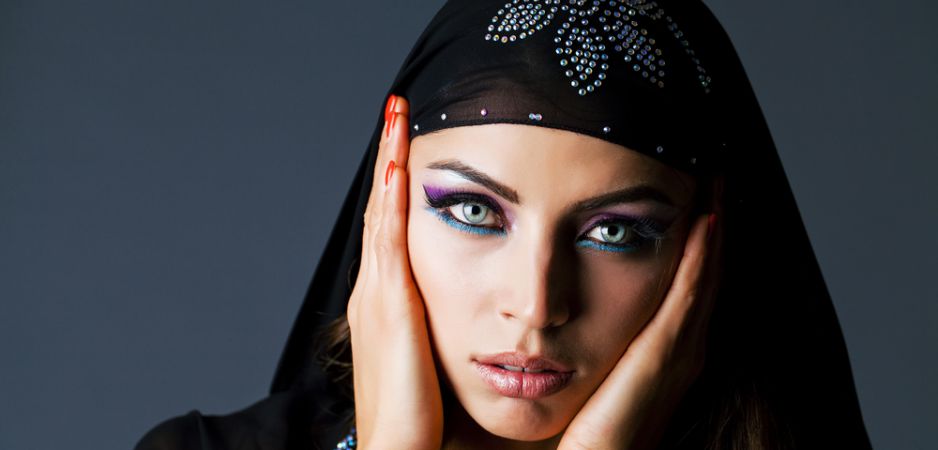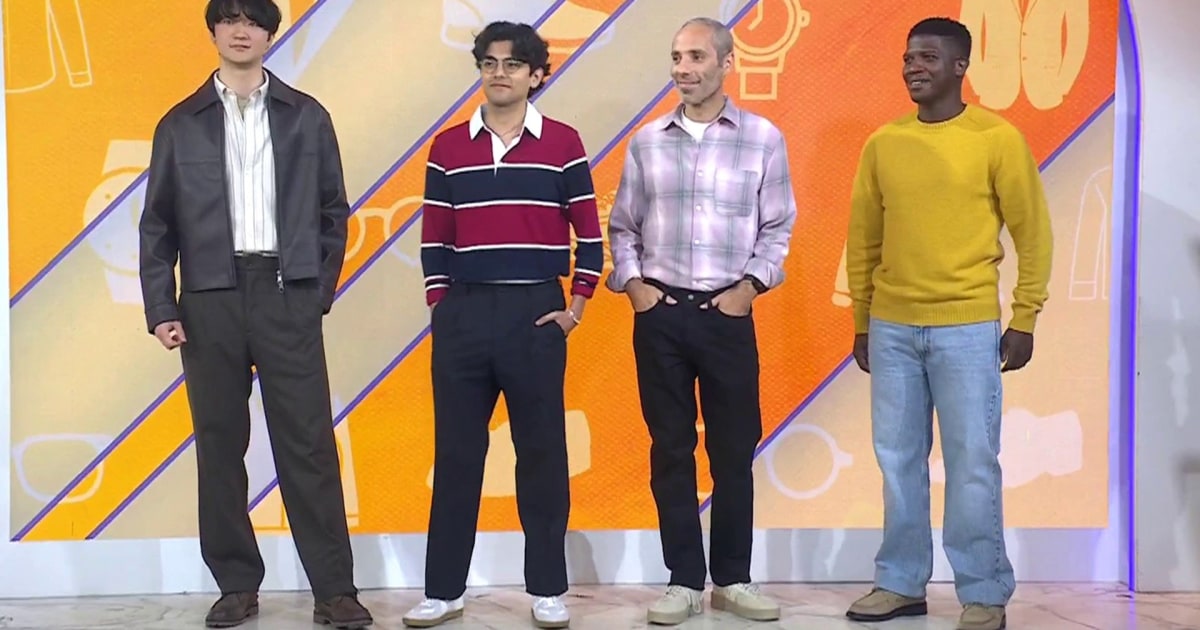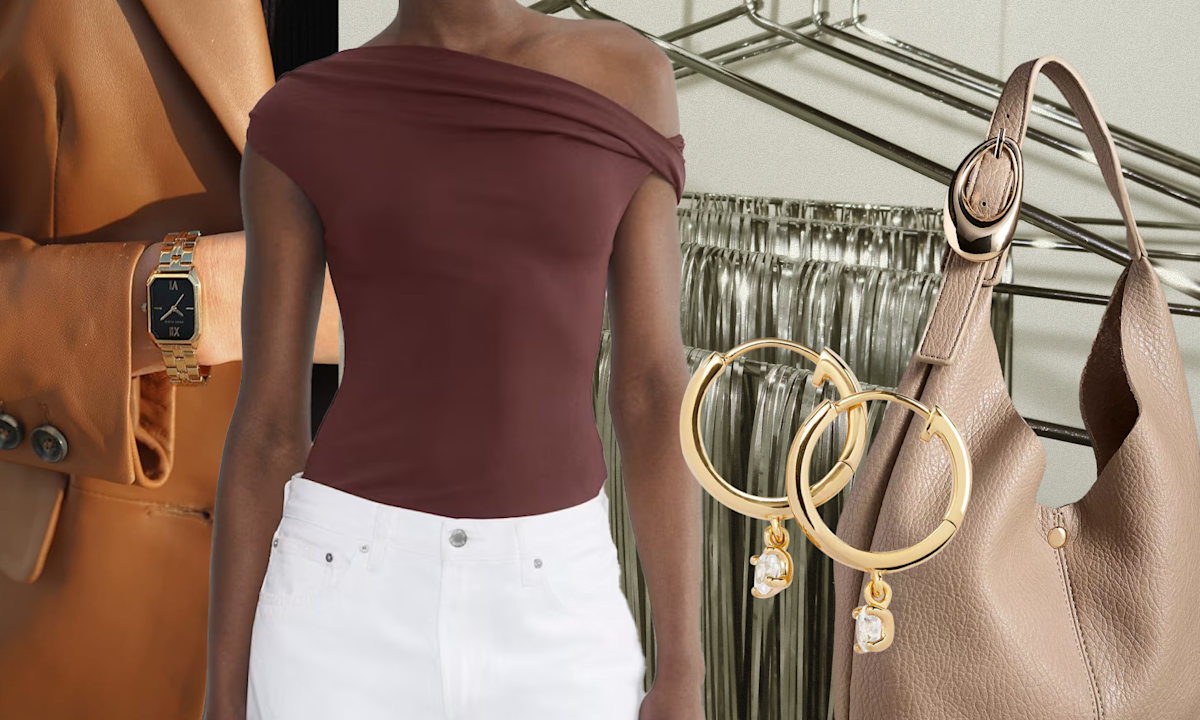Muslim Fashion Stereotypes, Fast Fashion Politics

“Traditionally, when we look at conflict studies and historical evidence pertaining to the way in which conflicts are deemed victorious and which side is deemed the winner, a huge component of that determination was realized through the rape and the pillage of women. And that is not limited to distant history; the genocidal rapes of Bosnia and Rwanda in the 1990s and now, the rape of women in Syria. This portrayal has even penetrated our art. In fact, when you look at TV shows like Game of Thrones, conquest is established in that way. But in all these cases, we have to remember that women themselves were often not involved in the fighting or warfare; that as civilians, the honor of the community and the borders of the nation were inherently theirs, that just by being women in war they faced, and still do, certain vulnerabilities.”
In fashion, for example, we have Anna Wintour praising Kanye West’s collection as “migrant chic,” completely disregarding the reality of migrants, but glorifying their bodies and fashion. We have seen the use of women as borders of nations in many ways: We see the hijab, the abaya, and what Dolce & Gabbana, among other designers, has done to either design for, or reappropriate, the Muslim or Arab woman.
“What makes Muslim fashion an interesting topic of discussion is that it has become such a cornerstone conversation of today, because it is much more common now and the general public is more exposed to this. But historically, Muslim women’s fashion has been very fluid, and the scarf and hijab are actually gaining popularity recently.
“But it is not Muslim women alone; there is an interesting cartoon when a young man sees a man and a woman from their backs, the man dressed in a white long robe from head to toe and the woman wearing a full black dress. The young man yells at the two of them, saying something along the lines of, ‘Go back where you come from!’ Right? But when they turn around, the woman is a nun and the man is the pope. This caricature portrays exactly that people used to cover themselves across cultures; it’s not something unique to Islam.
“Ultimately, such stereotypes stem from a perception of Islam, rather than a perception of the hijab. The hijab is a convenient excuse to think, Everything we think about Muslim women is true. Everything we think about Muslim men trying to silence women, trying to oppress women is true. It paints a very persuasive picture. It allows for us to do exactly what we accuse others of: silence Muslim women under the guise of being brainwashed, weak, or lacking agency. This way, it becomes much easier (and more acceptable) to speak for them, on their behalf and ‘in their interest.’
“Regarding fashion appropriation, I think a lot of people are upset because it is the continued instrumentalization of Muslim women, without their voice and agency driving it. Our fashion choices and bodies have made headlines, we have been called backwards and oppressed and going against the very values of our nations and yet, when there is money to be made, all of that goes out the window. Suddenly, it is on every catwalk and large American and French retailers have collections. We are oppressed when it is convenient and we are instrumentalized when it is profitable. So Dolce & Gabbana, as well as the rest of this over $200 billion industry, continues to make a profit, while many Muslim women continue to feel unsafe walking down the streets. We have to be clear: If companies have the freedom to make those clothes, women should have the freedom to dress that way.”
link







